In the 1960s, the United States and the Soviet Union were in a heated race to land on the Moon and discover more about Mars, the closest planet to Earth. During the Cold War between the two countries, marked by deep distrust and secrecy, the space race was one of the most classified projects of all. By 1983 many of the Cold War documents were becoming available, but it seems there was one secret the Soviets had been able to keep for 21 years: the radio frequency of a probe sent to Venus.
The earliest Mars mission launches in the 1960s took place in the middle of the Cold War. The Soviet Union was communist and its memories of Stalin were fresh. The Russians were distrustful of the United States, accusing the country of meddling in world affairs and building up stores of military weapons.
The U.S. built an atom bomb, and the USSR followed suit. The U.S. developed a hydrogen bomb, and the Soviets were right behind with its own nuclear weapons. The Korean conflict occurred at this time, prompting rampant fear of a communist takeover. It wasn’t until 1985, when Mikhail Gorbachev became premier, that the Union of Soviet Socialist Republics began to dissolve and a new Russia took its place.
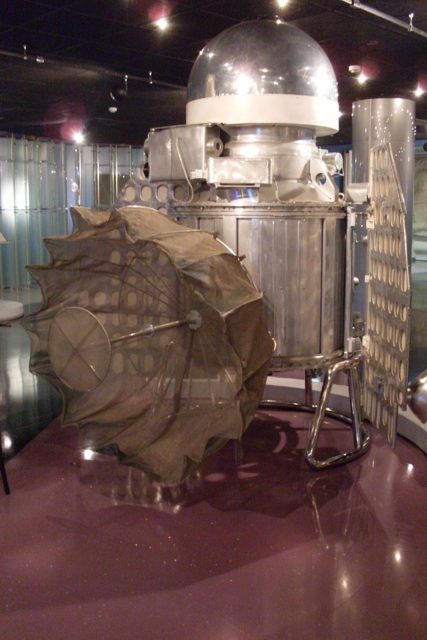
When it came to space exploration, the two countries tried their best to hide from each other their developing technology. The location of the USSR spaceport was a closely guarded secret. Soviet press releases called it Baykonur Cosmodrome, but it was not at Baykonur. In fact, the CIA hunted it for three years, trying to find the real location of the launch site, which was Tyuratam, a station along the Moscow to Tashkent railway, in Kazakhstan.
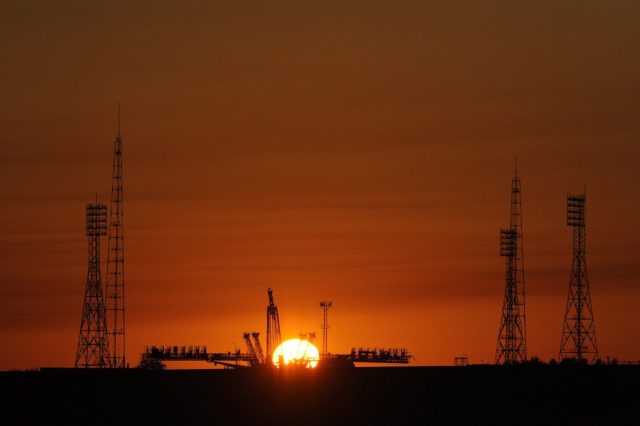
On October 1, 1960, in great secrecy, the first Soviet probe to study Mars was launched from Tyuratam. The rocket failed in the third stage burn and hurtled back to Earth. The next attempt launched two weeks later, never reaching Earth’s orbit. The third launch, on October 24, 1962, did reach Earth’s orbit but no farther. In November of 1962, Mars 1 was launched by the Soviet Union, but the radio failed before reaching Mars. Four days later, Sputnik 24 was launched with the intent of a flyby for pictures, but it, too, never left Earth’s orbit.
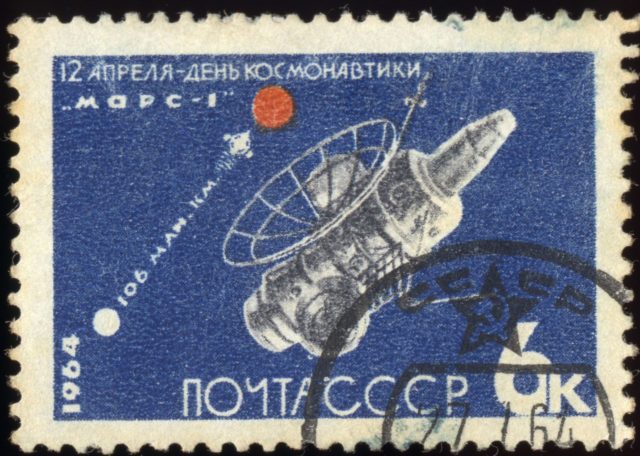
In 1964, after making changes to its rocket design, the Soviet Union launched Zond 2 with the intention of landing on Mars. The mission was problematic in that the solar panels didn’t open on time, there were glitches with the thermal control system, and a programming timer didn’t perform correctly. A month after the launch the communication system failed, and the Zond 2 crashed into Mars, never to be heard from again.
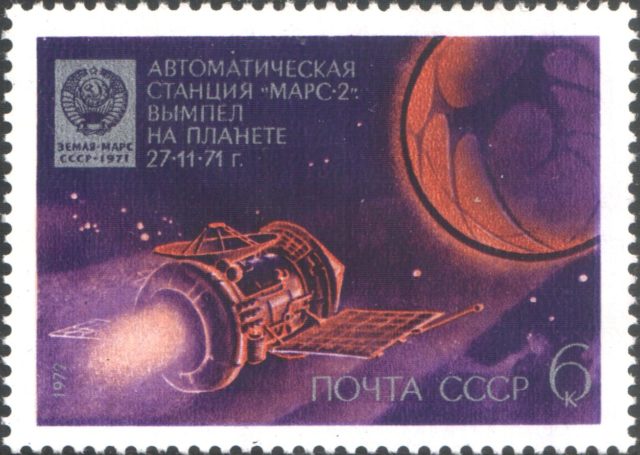
The Soviet Union made two more failed attempts in the spring of 1969 and again in 1971. Later in 1971, an attempt was made, and the Mars 2 reached Mars on November 2. The craft came in too fast and crash landed. Another landing occurred on December 3 but failed to operate once it reached the Red Planet. Between July of 1973 and March of 1974, the Soviet Union launched four more probes to Mars, each one unsuccessful.
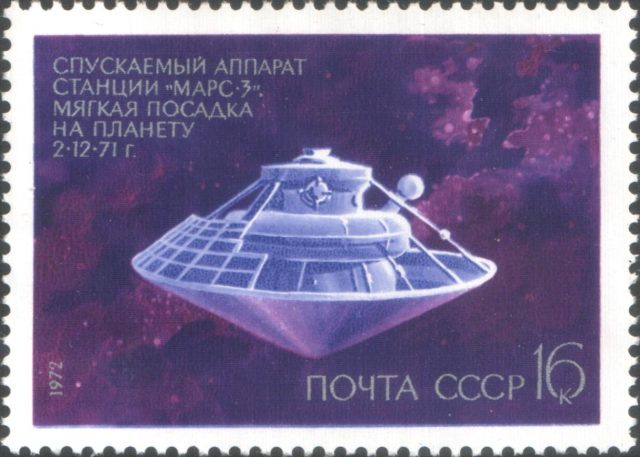
In the late 1980s the USSR attempted to reach Phobos, one of Mars’ moons, but both times the space vehicles were lost. In 1996 and 2011 Russia, the new name of the former Soviet Union, made another attempt at Mars but the rockets failed, and everything was lost. The last attempt at Mars by the Russia was in Nov of 2011, and it failed as well.

In 1962 the Mars probe was communicating with the Soviet land base with a hidden signal on “four radio frequencies: [at] 163, 32, 8, and 5 centimeters,” according to an N.S.A. report. The 163 and 32 signals were detected as the vessel made its way to Mars. A United States spy radio receiver captured the third signal, 8, but it turned out to be nothing more than astronomical data on eclipses. What was missing was the last signal. Was the third signal a distraction to draw attention from the final signal? Could it be secret data on the Soviet’s space program? The CIA just had to know. The trajectory of the vessel was easy to figure out as all Soviet rockets emit a general signal that is easy to track. This gave the CIA the ability to predict the position of the craft at any given time.
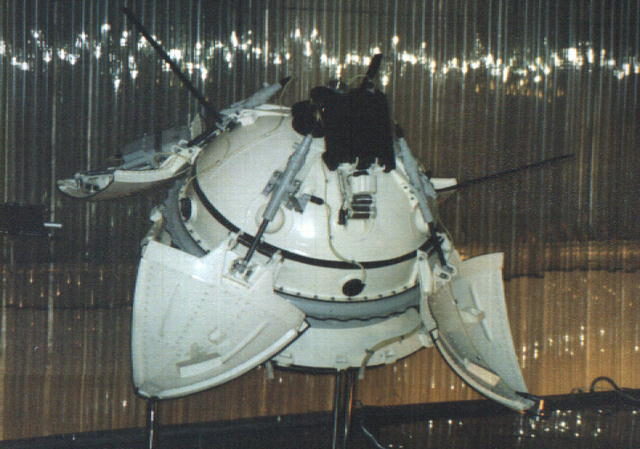
In order to camouflage the signal, the Soviets took advantage of the curvature of the Earth and sent signals before the United States was in the correct position to detect them. The U.S. set up secret listening places that would solve this problem, with some of them still active in the 21st century.
The one thing the U.S. could not figure out was the exact radio frequency of the signal. The possibilities were endless. Spies were sent to everywhere the Soviets displayed their satellites. In Paris in 1968, Los Angeles in 1977, and the World Expo in Montreal in 1967, technical spies studied the replicas for information that might lead to uncovering the radio frequency. They studied propaganda released by the Soviet Union and questioned Soviet astronomers.

On November 10, 1983, the frequency was discovered. During a race to observe Venus, the U.S. came up with SETI, the Search for Extraterrestrial Intelligence, and a way to hear signals from deep space. A vehicle was outfitted with computers, receivers, and analyzers. The RFI (Radio Frequency Interference) vehicle was loaded onto an Air Force C-5A transport plane and moved to a secret location. In October of 1983, the vehicle was ready to receive signals. The Soviets had launched probes to Venus, and U.S. agents were listening.
After a month of zero progress, the Americans were ready to give up. In November they attempted one last time, and after 21 years, finally, it worked. While the Americans were busy patting themselves on the back, the information gleaned was of little use. While the ability to find the signal was an achievement, it seemed as though the decades were wasted. The last sentence of the report reads, “Perhaps, though, just the satisfaction of solving a 21 year mystery was enough for those involved.”
